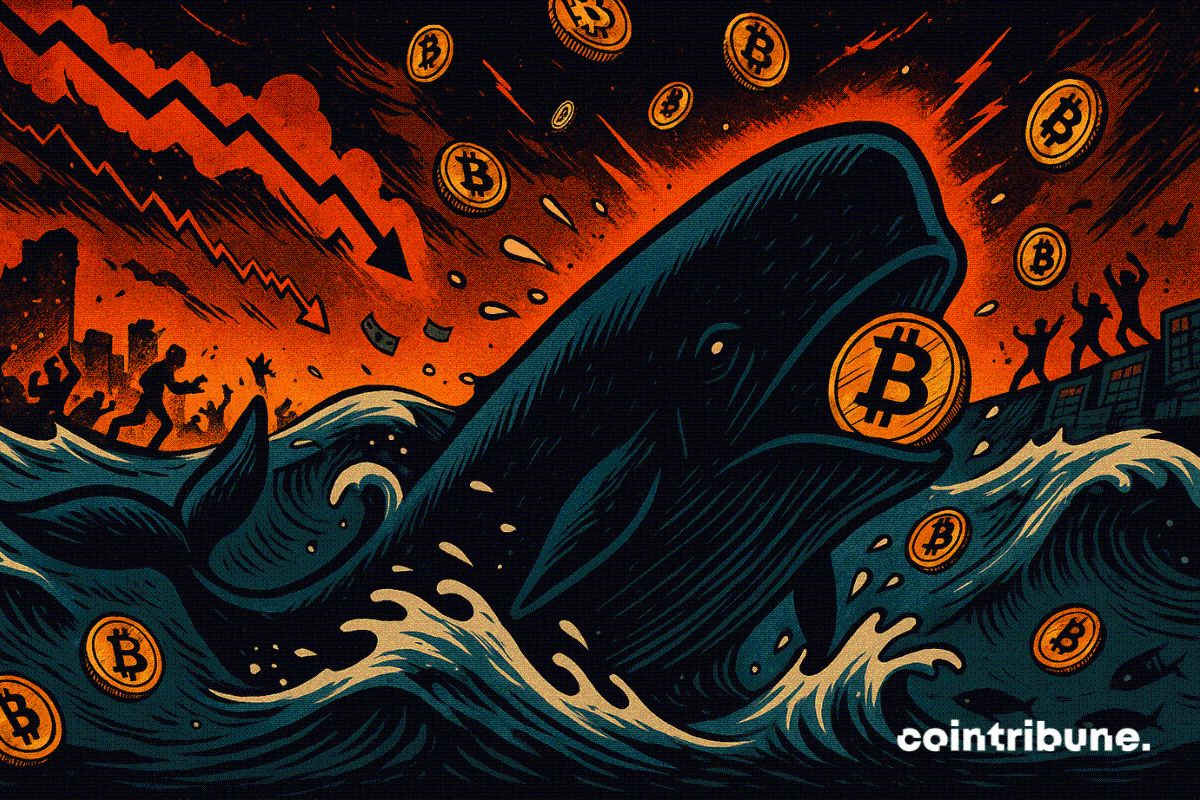XRP's Strategic Breakout: A Convergence of Legal Clarity, Institutional Momentum, and Mainstream Utility
- XRP's 2025 strategic breakout stems from SEC lawsuit resolution, ETF approvals, and institutional adoption, redefining its role as a foundational infrastructure token. - Legal clarity post-SEC dismissal enabled ProShares Ultra XRP ETF to attract $1.2B AUM, with 300+ institutions using RippleNet for cross-border payments. - Product innovations like EVM compatibility, MPTs, and on-chain lending tools expanded XRP's utility in DeFi and traditional finance, reducing transaction costs by 70% for banks. - Whal
The cryptocurrency market has long been a theater of volatility, but 2025 marks a pivotal shift for XRP , driven by a confluence of legal resolution, institutional momentum, and product innovation. As the dust settles on the SEC vs. Ripple lawsuit, XRP is emerging not just as a speculative asset but as a foundational infrastructure token with real-world utility. For investors, this represents a rare alignment of catalysts that could redefine its role in both institutional portfolios and global finance.
Legal Clarity: A Decade-Long Overhang Lifted
The August 2025 dismissal of the SEC's appeals against Ripple Labs has resolved a five-year legal battle, cementing XRP's status as a non-security in secondary markets. Judge Analisa Torres's 2023 ruling, upheld by the appellate court, clarified that while XRP's institutional sales remain subject to securities laws, its use in public exchanges is unencumbered. This distinction has removed a critical regulatory barrier, enabling the launch of the ProShares Ultra XRP ETF (UXRP), which attracted $1.2 billion in assets under management by year-end 2025.
The settlement also included a $125 million civil penalty and an injunction against Ripple's institutional XRP sales, but these were offset by the broader implications: a precedent that digital assets can be evaluated on a case-by-case basis under securities law. This nuanced approach signals a potential shift in the SEC's enforcement strategy, offering clarity to other crypto projects navigating regulatory ambiguity.
Institutional Momentum: Whales and ETFs Drive Confidence
XRP's institutional adoption has been further fueled by whale activity and macroeconomic tailwinds. In August 2025, large holders sold 470 million XRP over ten days, pushing the price below the 50-day moving average at $3.20. However, this selling pressure was counterbalanced by strategic accumulation during dips, with whales injecting $360 million into key support zones. By Q3 2025, large holders controlled 10.6% of the total XRP supply, signaling long-term confidence in its utility and speculative potential.
The ProShares Ultra XRP ETF's success has also drawn attention from major asset managers. Grayscale, Bitwise, and WisdomTree have filed for XRP ETFs, with potential approvals expected by October 2025. If approved, these vehicles could inject $4.3 billion to $8.4 billion into the XRP market within 12 months, mirroring the inflows seen in Bitcoin and Ethereum ETFs.
Mainstream Utility: From Payments to Tokenized Finance
Ripple's Q3 2025 product innovations have transformed XRP from a speculative token into a hybrid asset bridging DeFi and traditional finance. The XRP Ledger (XRPL) now supports Ethereum Virtual Machine (EVM) compatibility, enabling developers to deploy DeFi applications on a high-speed, low-cost network. This has attracted Ethereum-based projects seeking to reduce gas fees while maintaining interoperability.
Institutional-grade compliance tools, such as permissioned domains and identity verification, have also addressed regulatory concerns. Banks like JPMorgan and Santander now use Ripple's RLUSD stablecoin for cross-border settlements, leveraging XRP's 0.0004% fee rate to cut costs by up to 70% compared to traditional systems. Meanwhile, the introduction of multi-purpose tokens (MPTs) and on-chain lending tools has expanded XRP's role in structured finance, enabling tokenized bonds and real-world asset (RWA) collateralization.
Investment Thesis: A Must-Watch Altcoin for 2025 and Beyond
For long-term investors, XRP's strategic breakout is underpinned by three pillars:
1. Regulatory Tailwinds: The SEC's case-by-case approach to digital assets reduces the risk of broad-based enforcement, creating a more predictable environment for institutional adoption.
2. Institutional Demand: With 300+ financial institutions on RippleNet, including JPMorgan and SBI Holdings, XRP is becoming a critical component of global remittance infrastructure.
3. Product Innovation: The XRPL's EVM compatibility, MPTs, and on-chain lending tools position XRP as a versatile asset for both DeFi and traditional finance.
However, short-term volatility remains a risk. XRP's price is consolidating in a symmetrical triangle pattern, with key resistance at $3.33 and support at $2.85. A breakout above $3.33 could signal a broader rally, while a breakdown below $2.85 may test the $2.40–$2.24 zone. Investors should monitor whale activity and ETF approvals as leading indicators.
Conclusion: A Bridge to the Future of Finance
XRP's journey from legal uncertainty to institutional adoption is a testament to its unique position in the crypto ecosystem. By combining regulatory clarity, macroeconomic momentum, and technical innovation, Ripple has positioned XRP as a bridge between traditional finance and decentralized systems. For investors, this convergence of factors makes XRP a must-watch altcoin—not just for speculative gains, but as a foundational asset in the evolving global financial infrastructure.
As the world transitions toward digital finance, XRP's role in cross-border payments, stablecoin ecosystems, and tokenized assets is becoming increasingly clear. The question is no longer whether XRP can survive the legal and regulatory challenges—it's whether investors can capitalize on its strategic breakout before the next wave of institutional adoption.
Disclaimer: The content of this article solely reflects the author's opinion and does not represent the platform in any capacity. This article is not intended to serve as a reference for making investment decisions.
You may also like
Zcash Faces Vitalik Buterin’s Challenge: What Lies Ahead?
In Brief Vitalik Buterin warns Zcash against token-based governance. Zcash community is divided over future governance approach. ZEC Coin struggles with market negativity and volatile price movements.

70M$ inflows this week: Bitcoin ETFs rise again

BlackRock Downplays IBIT Outflows as Bitcoin ETF Market Shows Signs of Recovery
